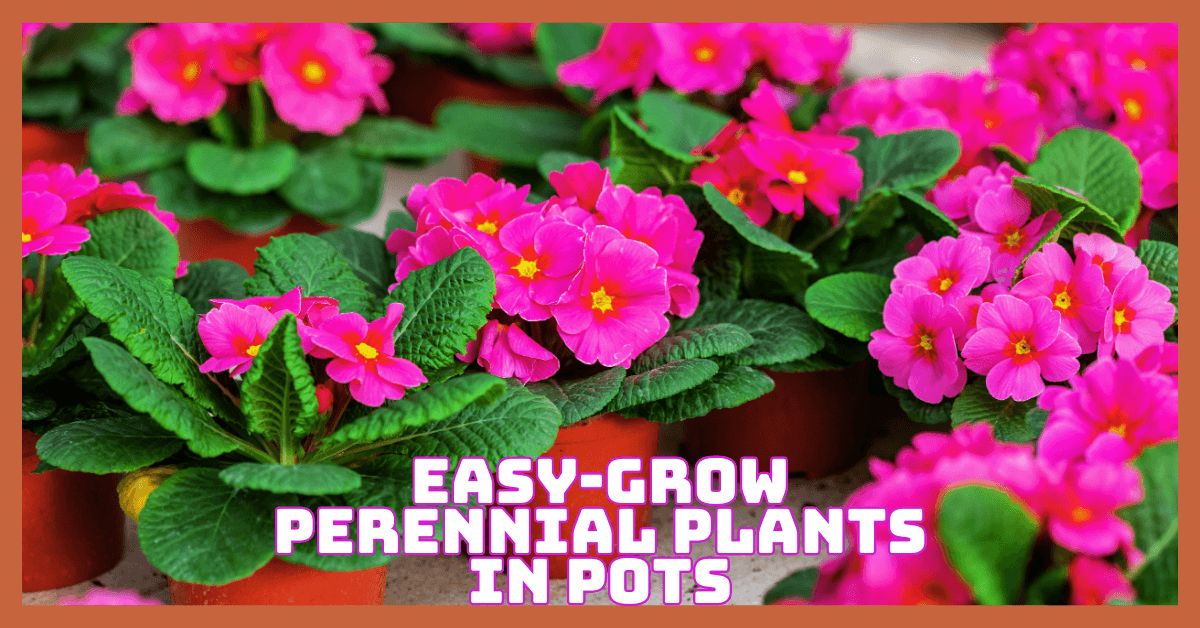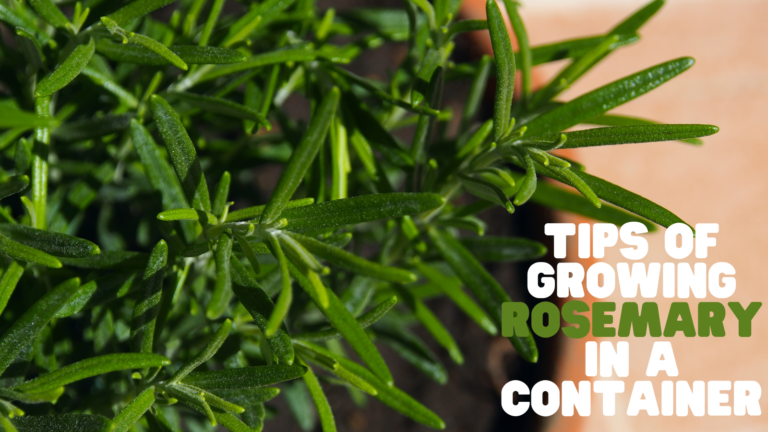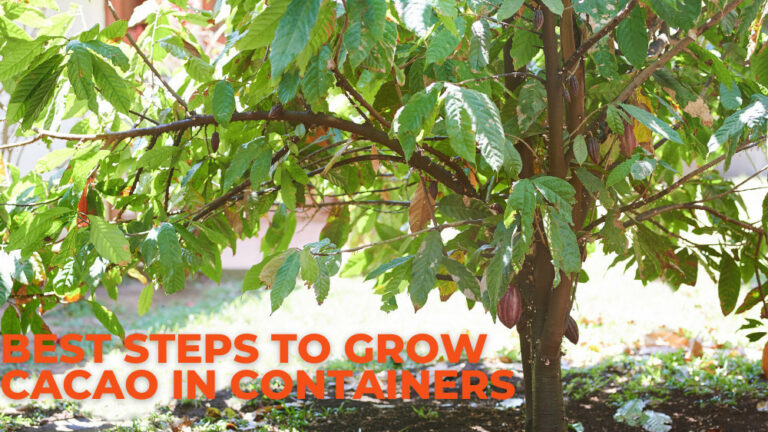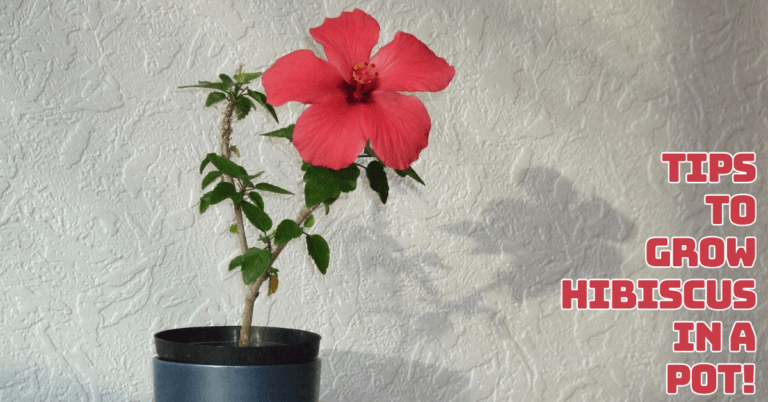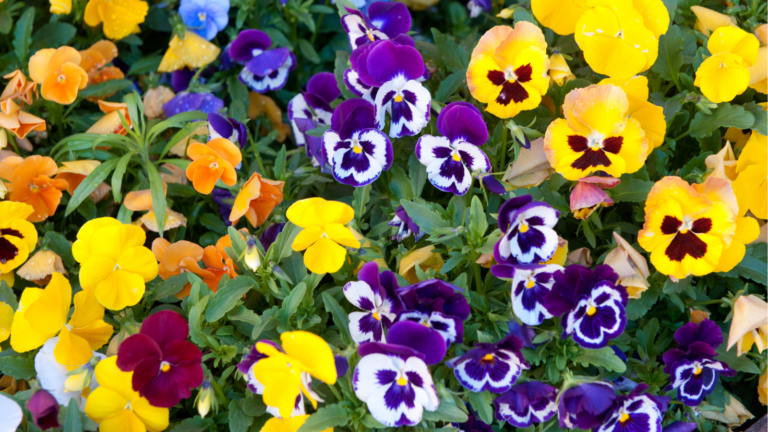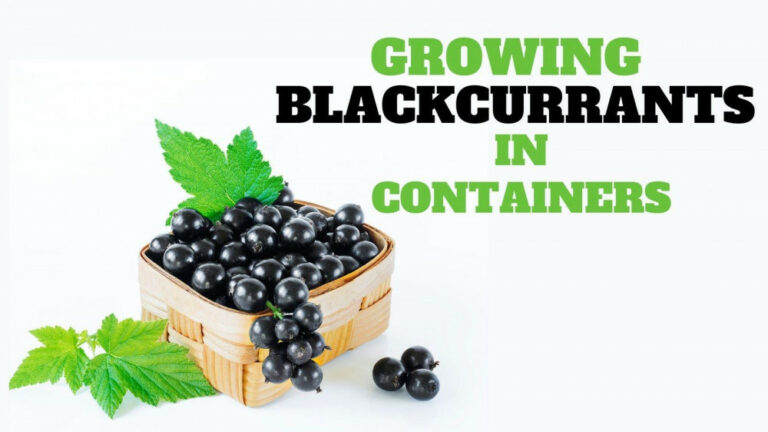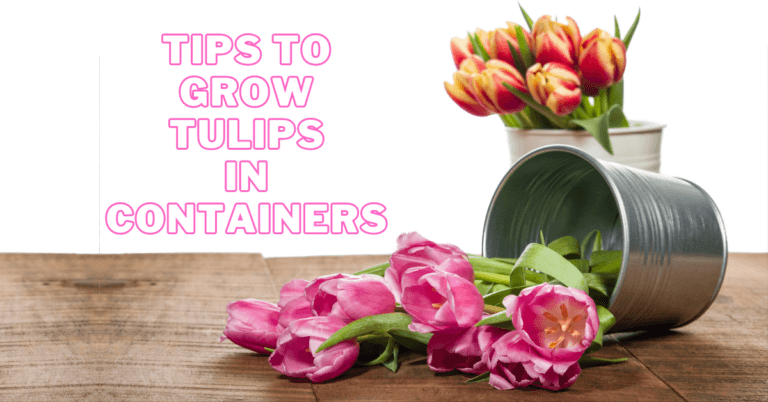Best Easy-Grow Perennial Plants In Pots
Regarding gardening, perennials offer long-lasting beauty and structure to any space. Unlike annuals, which need replanting yearly, perennials return year after year, making them a convenient and low-maintenance option for gardeners.
Growing perennial plants in pots is a fantastic way to bring this enduring beauty into smaller spaces, such as patios, balconies, or indoors.
This blog will explore the benefits, care tips, and a variety of perennial plants that thrive in pots, helping you create a stunning container garden that lasts for years.
What Are Perennial Plants?
Perennial plants live for over two years, continuously growing and blooming season after season. Perennials come back every year from the same root system, in contrast to annuals, which finish their life cycle in a single year.
Some die back to the ground in winter and regrow in spring, while others remain evergreen, depending on the climate and plant type. Popular examples include lavender, peonies, hostas, and daylilies.
These reliable, low-maintenance plants thrive in gardens with minimal care.
Once established, they need less water than annuals—eco-friendly and cost-effective. Perennials give landscapes lasting beauty and structure and come in a variety of colours, forms, and sizes.
Gardeners often combine perennials with other plant types to ensure year-round interest. They can thrive for many years with proper care, offering vibrant blooms and lush foliage that enhance any outdoor space.
Top Perennial Plants To Grow In Pots
Now, let's explore a variety of perennial plants that thrive in containers. Each plant offers unique beauty, texture, and colour, making them perfect for potted arrangements.
1. Lavender (Lavandula)
Why?
Lavender is drought-tolerant and requires minimal water once established, making it ideal for dry conditions. Thanks to its fragrant flowers, which draw pollinators like bees and butterflies, your container garden will look beautiful and benefit the environment.
Best For
Lavender grows best in Mediterranean-style gardens where it is sunny and the soil drains properly. It excels in hot, dry climates and grows well in USDA zones 5–9, where it can produce fragrant blooms and tolerate heat.
Growing Tips
When growing lavender as a perennial plant in pots, ensure it is placed in a spot that receives full sun for at least six hours a day. Use well-drained soil to prevent waterlogging, and avoid overwatering, as lavender thrives in dry conditions.
Regular trimming is necessary to keep the lavender plant in shape and promote healthy growth. Trim back dead or faded flowers to encourage new blooms and ensure the plant remains compact and vigorous.
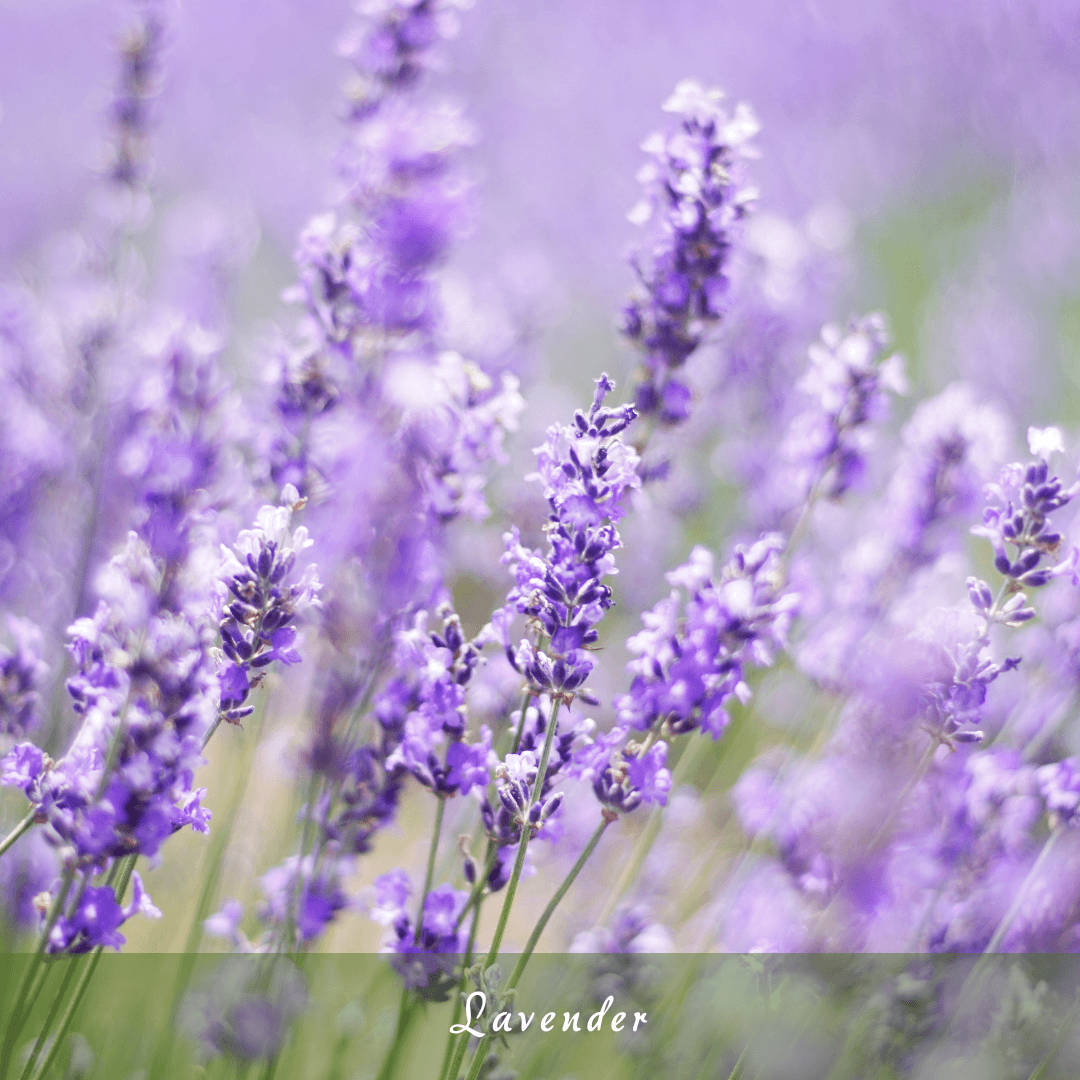
2. Tickseed (Coreopsis)
Why?
Tickseed (Coreopsis) is known for its cheerful, daisy-like flowers in bright yellow, pink, or red hues. It thrives in various conditions, is drought-tolerant, and attracts pollinators, making it perfect for low-maintenance gardens with a vibrant touch.
Best For
Coreopsis thrives in full sun and is great for adding pops of colour to cottage-style or wildflower gardens. Coreopsis grows well in USDA hardiness zones 4-9, making it suitable for various climates and ideal for sunny garden spots.
Growing Tips
For optimal growth, plant coreopsis in well-draining soil and ensure it receives full sunlight. While these plants are drought-tolerant, provide water during extended dry periods to keep them healthy.
Regular deadheading is essential to encourage continuous blooming and maintain a neat, compact appearance. Removing spent flowers helps the plant focus energy on producing fresh blooms, ensuring vibrant flowers throughout the growing season.
3. Hostas
Why?
Hostas are ideal for low-light conditions, with their large, lush leaves creating a rich, green backdrop. Their variegated foliage—from white to blue-green—adds texture and visual interest, making them a striking choice for shaded areas.
Best For
Hostas thrive in shaded or partially shaded spots, making them perfect for balconies that don’t get much sunlight. Hostas grow well in USDA hardiness zones 3-9, making them suitable for various climates and ideal for low-light areas.
Growing Tips
When growing hostas as perennial plants in pots, plant them in rich, well-draining soil and keep them consistently moist. Hostas prefer somewhat or completely shaded places, so keep them out of direct sunshine to prevent leaf scorching.
Remove dead or damaged foliage regularly to encourage healthy growth and new development. This helps the plant maintain a tidy appearance and directs energy into producing fresh, vibrant leaves.

4. Fountain Grass (Cenchrus)
Why?
Fountain Grass has graceful, arching plumes that sway with the wind, adding movement and texture to your space. Its drought-tolerant nature makes it low-maintenance, thriving even in dry conditions while maintaining an attractive appearance.
Best For
The sleek, upright form and feathery texture of Fountain Grass complement modern or minimalist designs. With its ability to flourish in USDA hardiness zones 5–9, fountain grass is a versatile plant that can be used indoors and outdoors to lend a touch of elegance.
Growing Tips
Plant Fountain Grass in well-draining soil to avoid root rot for optimal growth. Once established, it thrives in full sun and requires minimal watering, making it low-maintenance.
To maintain its neat, compact shape and encourage healthy new growth, prune it back in early spring before new shoots appear.
This helps prevent overcrowding and ensures the plant continues flourishing with vibrant foliage throughout the growing season.
5. Rosemary (Salvia rosmarinus)
Why?
Rosemary is one of the best perennial pot plants, offering culinary value and year-round beauty as a fragrant, evergreen herb.
It maintains its shape and fragrance year-round as an evergreen, making it ideal for container gardening, providing beauty and function.
Best For
Rosemary thrives in sunny spots and well-drained soil, making it suitable for outdoor and indoor pots. Rosemary grows best in USDA hardiness zones 7-10, tolerating hot, dry conditions and adding culinary and visual charm to any space.
Growing Tips
To keep rosemary healthy and thriving in pots, prune it regularly to maintain its compact shape and encourage bushy growth. Trim back old or woody stems and remove dead leaves to promote fresh, vibrant development.
With regular pruning, the plant will remain manageable and avoid turning lanky. Rosemary appreciates well-drained soil and full sun, making it perfect for sunny spots with minimal maintenance once established.
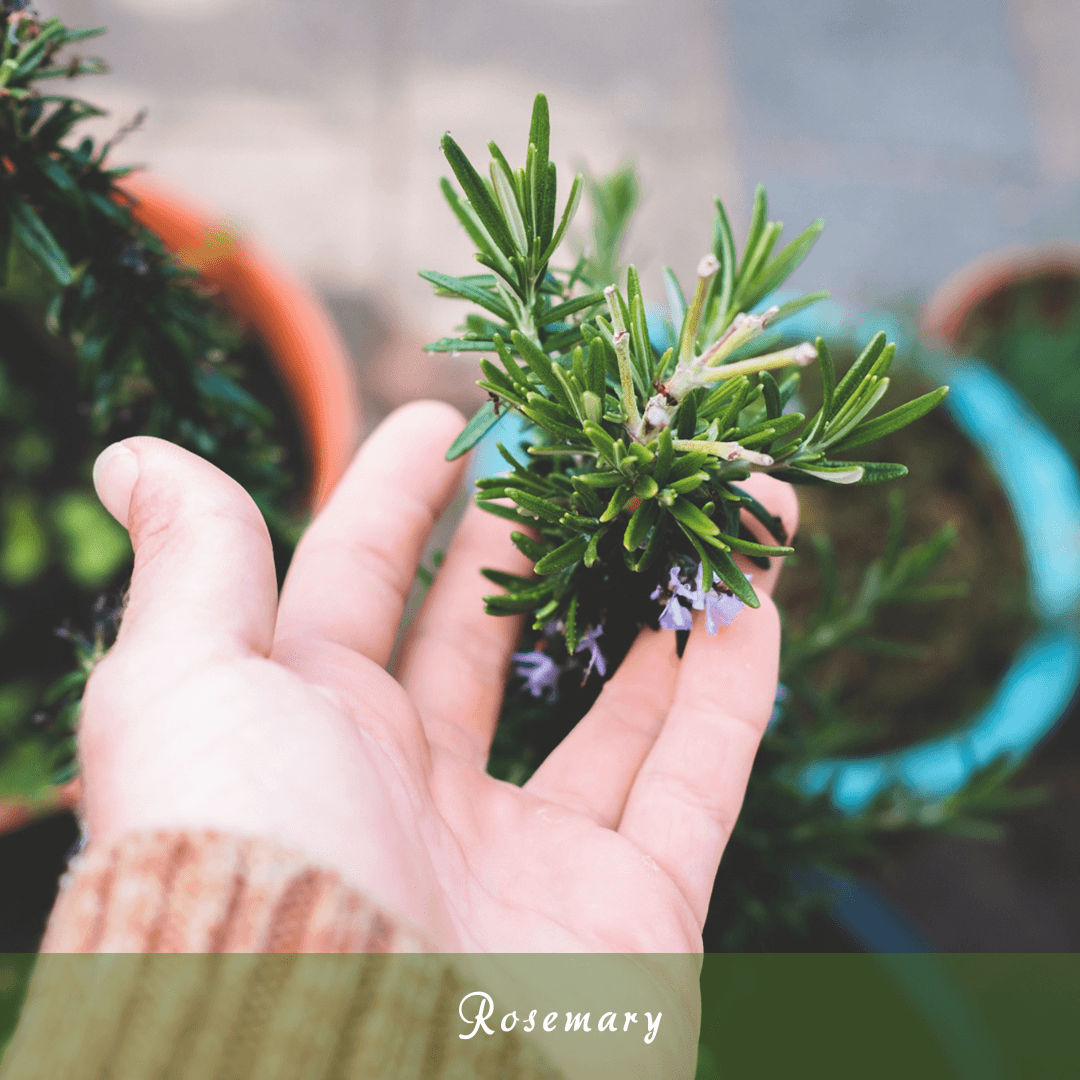
6. Alpine Strawberries (Fragaria vesca)
Why?
Alpine strawberries are tiny, low-maintenance bushes that yield mouthwatering fruit year after year. These perennial varieties are ideal for containers, offering both ornamental value and a steady supply of sweet, homegrown berries.
Best For
Due to their compact size, Alpine strawberries are perfect for hanging baskets or small containers. They typically produce berries throughout the summer and sometimes into early fall. They show vivid greens throughout the growing season and thrive in USDA hardiness zones 3–8.
Growing Tips
Alpine strawberries are excellent perennial plants in pots. They thrive in sunny spots with consistently moist soil for optimal fruit production. The soil should be constantly moist, but avoid overwatering or waterlogging.
Use a balanced fertilizer regularly to encourage healthy growth and increase berry harvest. Ensure good container drainage and remove dead leaves to maintain plant health. With the proper care, you’ll enjoy an abundant harvest.
Turn Your Passion for Nature Into Income
🌿 Whether you love gardening, caring for animals, or exploring holistic living,
You can share your knowledge online and earn from it.
Discover how nature lovers are growing their passions into meaningful, income-generating blogs. 👇
7. Stonecrops (Sedum)
Why?
Sedum is drought-tolerant and requires minimal water and care. It forms attractive clusters of succulent foliage that appeal visually to any garden, making it the ideal option for low-maintenance gardening.
Best For
Sedum thrives in sunny spots, particularly in rock gardens where drainage is key. It is well-suited for dry climates and grows best in USDA hardiness zones 3-9, making it an excellent option for low-maintenance, drought-tolerant landscaping.
Growing Tips
Plant sedum in well-drained soil to prevent waterlogging, which can cause root rot. Since sedum prefers dry circumstances, let the soil dry between watering. This low-maintenance plant is ideal for novice gardeners looking for drought tolerance.
Sedum requires minimal care, making it an excellent choice for those with limited time or experience. It must receive abundant sunlight to ensure its best growth and appreciate its lovely, succulent foliage.
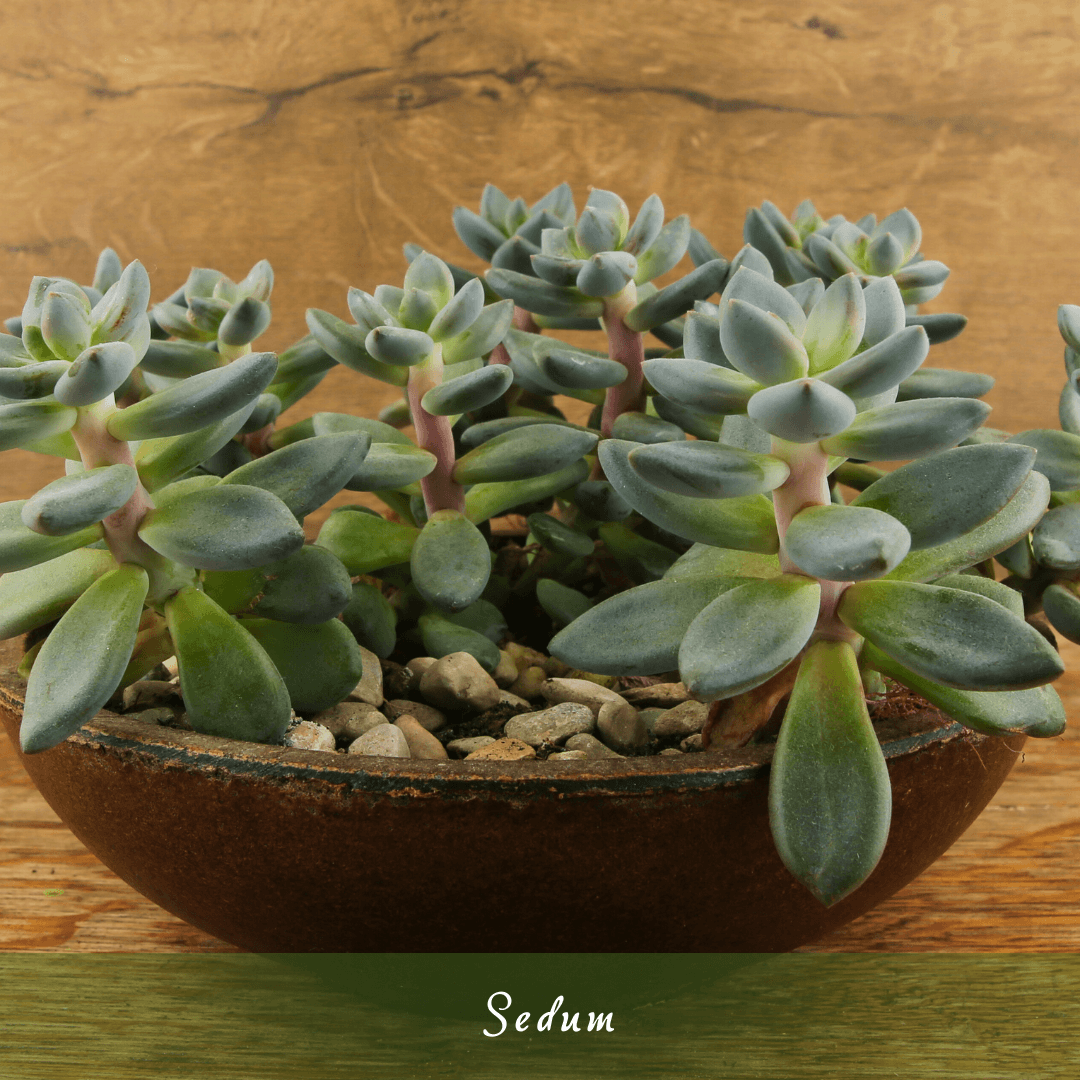
8. Coral Bells (Heuchera)
Why?
Heuchera is an excellent choice for perennial plants in pots. It offers vibrant foliage and requires minimal maintenance, making it ideal for shaded areas with occasional watering. It’s perfect for adding year-round colour and texture to shaded areas.
Best For
Heuchera excels in shady spots, where its colourful foliage can brighten up containers or garden beds with limited sunlight. Heuchera grows best in USDA hardiness zones 4-9, making it an excellent choice for shaded landscapes and adding vibrant colours to low-light areas.
Growing Tips
To keep Heucheras healthy and vibrant, regularly remove dead or damaged leaves. Pruning helps prevent disease, encourages fresh blooms, and promotes plant health. This simple maintenance ensures the plant looks its best throughout the growing season.
Additionally, ensure Heucheras are planted in well-draining soil and receive partial to full shade. These plants thrive with regular attention but are low-maintenance once established, making them perfect for containers.
9. Ornamental Grass (Miscanthus)
Why?
Miscanthus is a versatile ornamental grass that adds height, texture, and movement to any garden. Its graceful, arching foliage creates an elegant effect and offers year-round interest. It's also drought-tolerant, making it easy to maintain in pots.
Best For
Due to its tall, dense growth, Miscanthus works well in modern garden designs or as a privacy screen. Miscanthus thrives in USDA hardiness zones 5-9, making it ideal for various climates and offering texture and height in landscapes with ample sun and well-drained soil.
Growing Tips
In late winter or early spring, potted perennial plants can benefit from pruning dead leaves to promote healthy growth and better air circulation. This simple task helps maintain the plant’s shape, preventing it from becoming overgrown or unruly.
Pruning regularly also keeps your plants healthy by lowering the risk of pests and illnesses. Removing old, damaged leaves promotes fresh growth and ensures the plant thrives throughout the growing season.
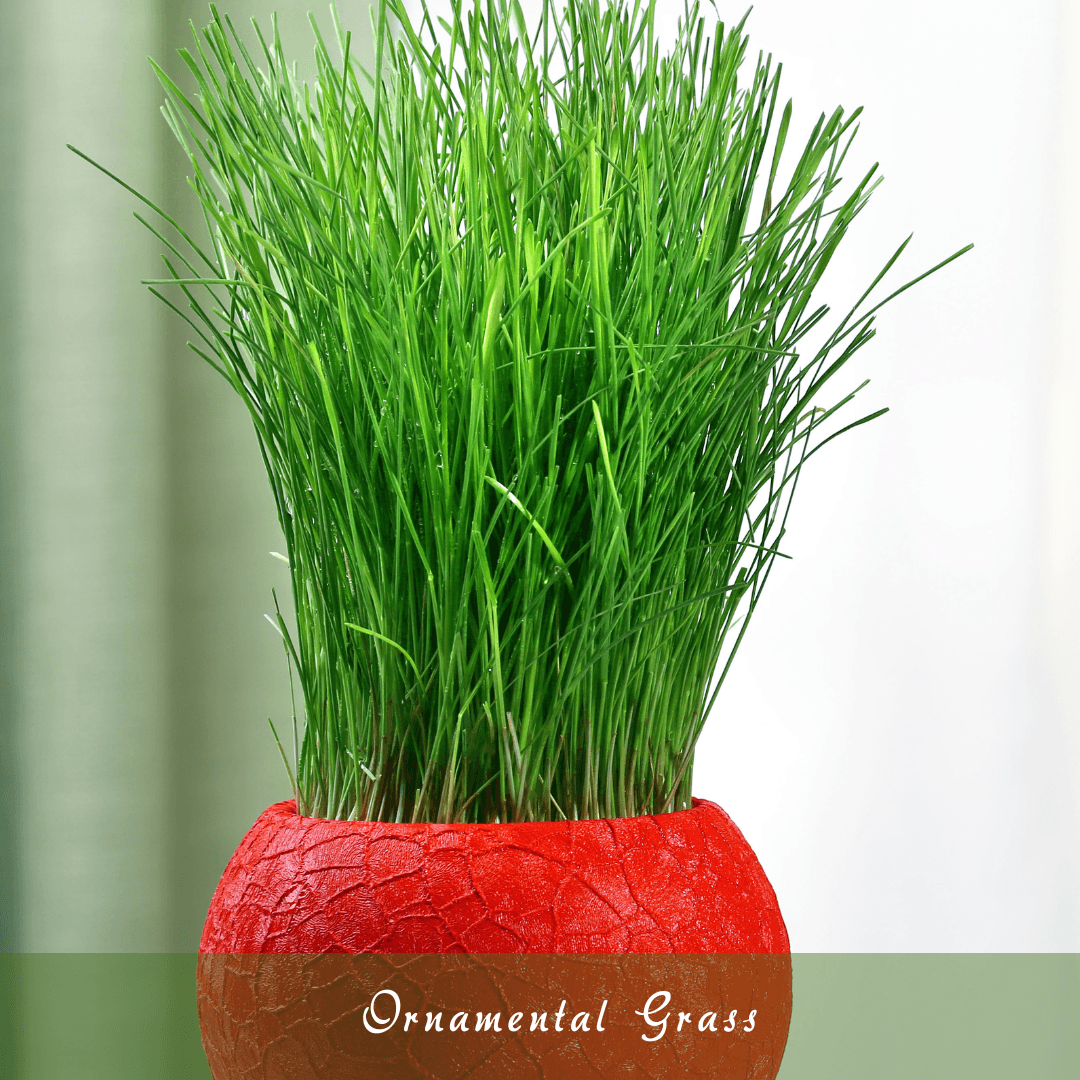
10. Daylilies (Hemerocallis)
Why?
Daylilies are low-maintenance perennials that produce abundant, colourful blooms throughout the growing season. They are adaptable, easy to grow, and thrive in various soil conditions, making them an excellent choice for beginner gardeners.
Best For
Daylilies do best in sunny or primarily sunny areas and receive at least six hours of sunshine each day. Daylilies thrive in USDA hardiness zones 3-9, making them a versatile and resilient choice for gardens across various climates. Their vibrant blooms can enhance any garden with minimal maintenance.
Growing Tips
Deadheading blooms regularly is key to maintaining healthy perennial plants in pots, promoting continuous flowering and preventing energy loss to fading flowers.
In order to prevent root rot, make sure your pots have adequate drainage to prevent waterlogging. Maintaining good drainage and removing spent flowers allows plants to focus on healthy growth and vibrant blooms throughout the growing season.
11. Coneflower (Echinacea)
Why?
Coneflowers are long-blooming, providing vibrant flowers from summer to fall. Once established, they’re low-maintenance and require minimal care. They're excellent for cut flowers, bringing long-lasting beauty to indoor arrangements while attracting pollinators.
Best For
Coneflowers thrive in full sun, making them ideal for cottage-garden aesthetics. Their tall, daisy-like blooms create a natural, rustic appeal, adding texture and colour to sunny garden spaces while attracting bees, butterflies, and birds. They grow well in USDA hardiness zones 3-9, making them suitable for various climates.
Growing Tips
Coneflowers need soil and full sunlight for optimal growth, making them ideal perennial plants in pots in sunny, well-drained locations. Deadhead faded flowers regularly to keep the plant tidy and encourage fresh blooms.
These hardy plants thrive in dry to moderately moist conditions and, if appropriately maintained, will reward you with vibrant flowers.

12. Lamb's Ear (Stachys byzantina)
Why?
Lamb's Ear is prized for its soft, silvery-gray foliage, which creates a striking contrast with other plants. The velvety texture of its leaves makes it a unique feature in gardens, providing visual interest and tactile appeal.
Best For
This plant thrives in sunny locations, well-drained rock gardens, or containers. It grows well in USDA hardiness zones 4-9, making it ideal for various climates, especially in dry, arid conditions where water conservation is a priority.
Growing Tips
Lamb's Ear thrives in dry, well-drained soil and does not tolerate over-watering, making it ideal for xeriscaping or low-water gardens. To prevent root rot, ensure proper drainage in the soil and avoid excessive watering.
This drought-tolerant plant is perfect for dry, sunny spots with full sunlight. Check the soil moisture frequently and let it dry between watering to keep your lamb's ear healthy and vigorous.
13. Pinks (Dianthus)
Why?
Dianthus produces fragrant, colourful flowers in pink, red, and white shades. It forms compact clumps and requires minimal care. Known for tolerating dry conditions, it’s a great option for low-maintenance gardens or containers.
Best For
Dianthus thrives in sunny spots, enjoying full sunlight for at least six hours daily. Dianthus grows well in USDA hardiness zones 3-9, making it suitable for a wide range of climates and a perfect choice for adding beauty to your garden or balcony.
Growing Tips
To keep your perennial plants in pots looking their best, trim back Dianthus after flowering. This helps encourage compact growth, preventing legginess, and ensures the plant remains tidy.
Regular trimming promotes a second round of blooms, extending its flowering season. Reducing wasted flowers keeps the plant from squandering energy on seed formation, keeps it healthy and alive, and improves the container garden's aesthetic appeal.
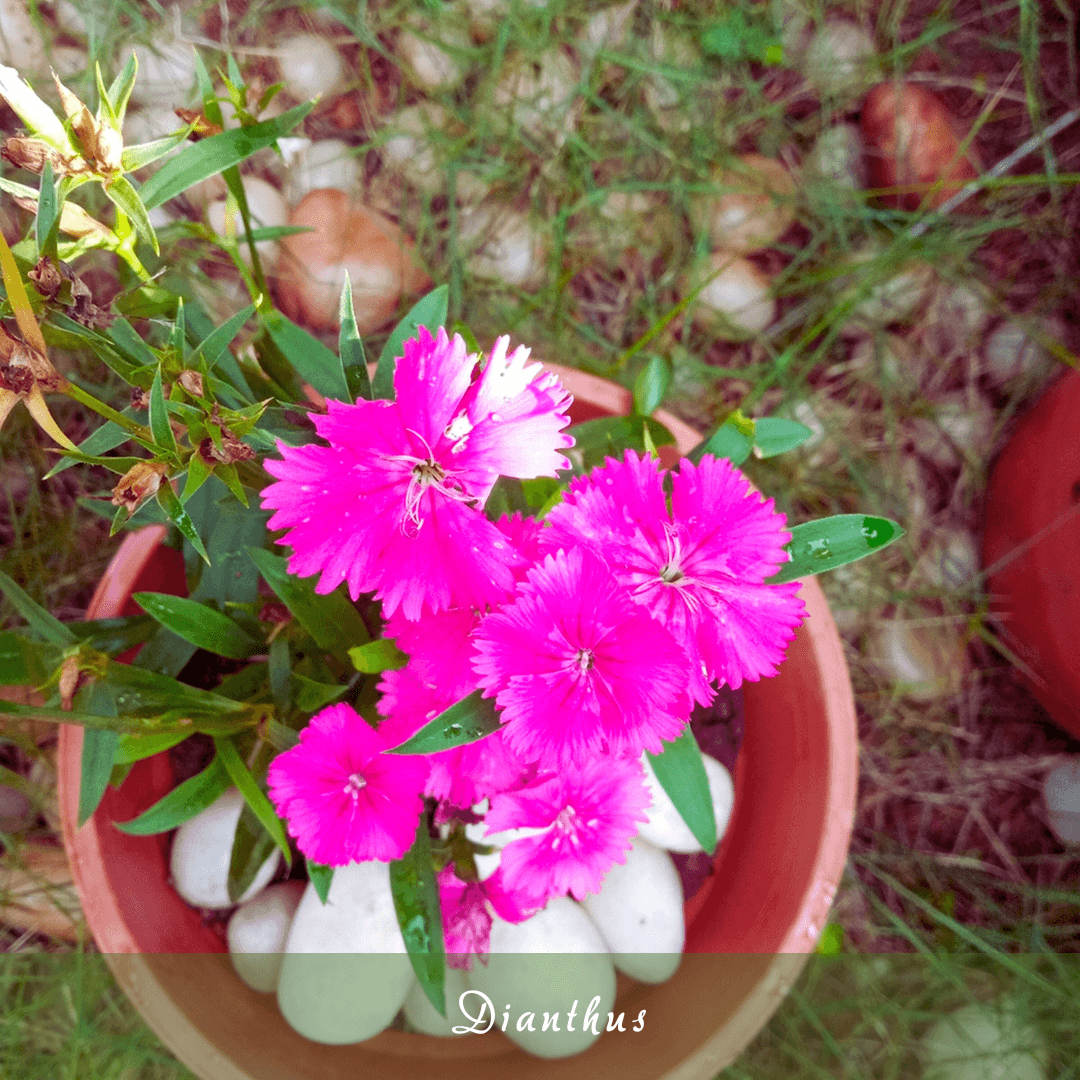
14. Campanula (Bellflower)
Why?
Campanula produces delicate, bell-shaped blue, purple, or white flowers, often on slender stems above green foliage. It’s low-maintenance and adds soft, romantic charm to containers or patios.
Best for
Ideal for hanging baskets, window boxes, or decorative patio containers. Campanula is perfect for brightening shaded entryways, balconies, or garden corners with soft colour and gentle blooms. An excellent choice for creating a charming, cottage-style atmosphere outdoors.
Growing Tips
Choose a container with good drainage and use a rich, well-draining potting mix. Campanula prefers partial shade to full sun, depending on the variety. Avoid wet soil and water frequently, especially during dry seasons.
To promote more blooms during the growing season, deadhead wasted blossoms. In colder climates, bring pots indoors or insulate them during winter. With minimal care, these hardy perennials will return year after year with graceful colour.
Conclusion
In conclusion, perennial plants in pots offer a low-maintenance, year-round solution for vibrant, thriving gardens in small spaces.
You may make beautiful displays that get stronger over time by carefully choosing the plants, containers, and placement.
Whether for decorative purposes or functional use, potted perennials add beauty, texture, and sustainability to any garden or outdoor space, making them a worthwhile investment for any gardener.
I trust you enjoyed this article on the Best Easy-Grow Perennial Plants In Pots For Lasting Beauty. Please stay tuned for more inspiring guides, helpful tips, and ideas to help you live closer to nature every day.
Take care!
— JeannetteZ
💬 Your Opinion Is Important To Me
Do you have thoughts, ideas, or questions? I’d love to hear from you. Please leave your comments below or email me directly at Jeannette@Close-To-Nature.org.
📚 More Nature-Inspired Reads
Explore more ways to connect with nature, nurture your pets, and live in harmony with the world around you 🌿

